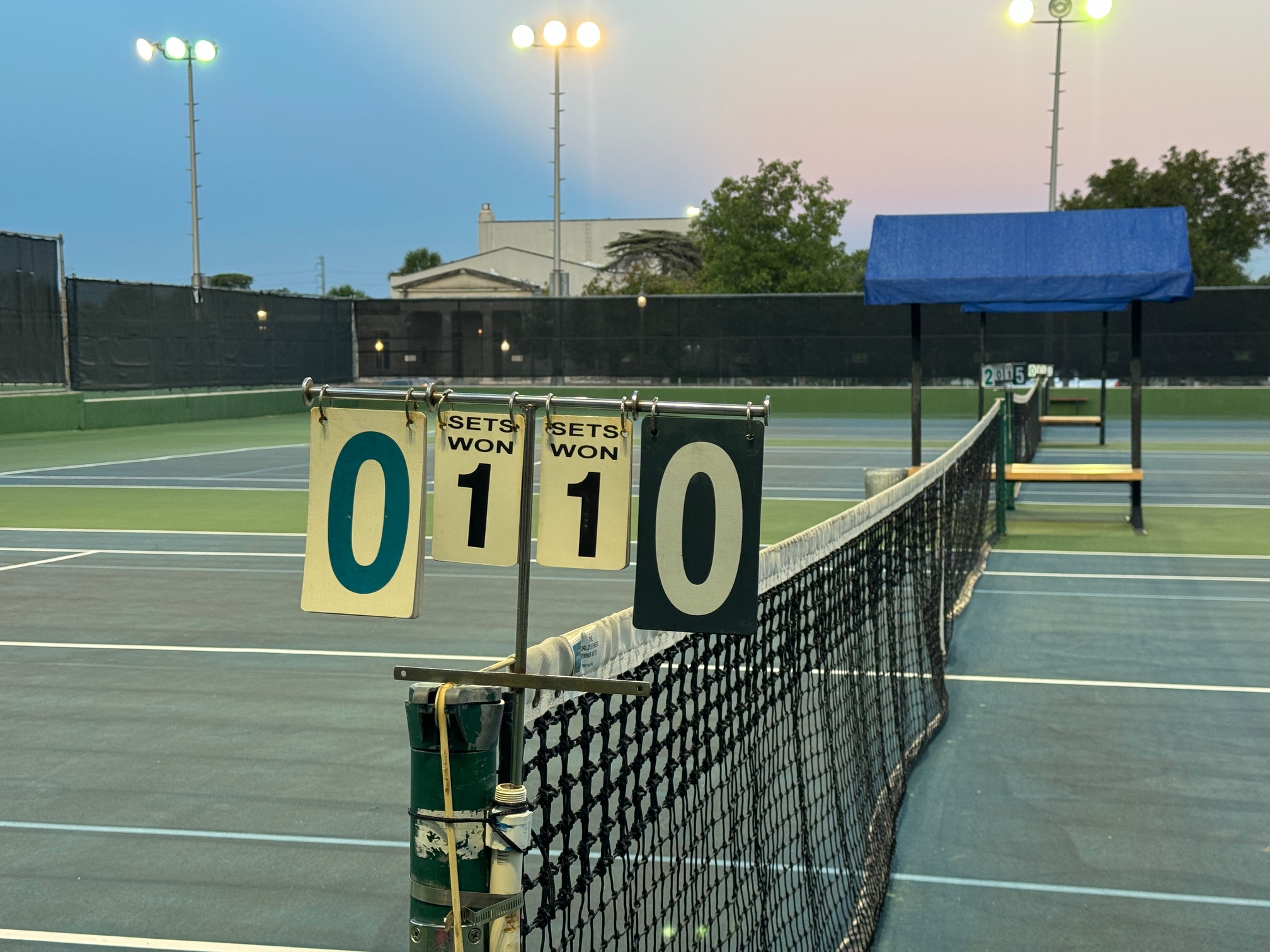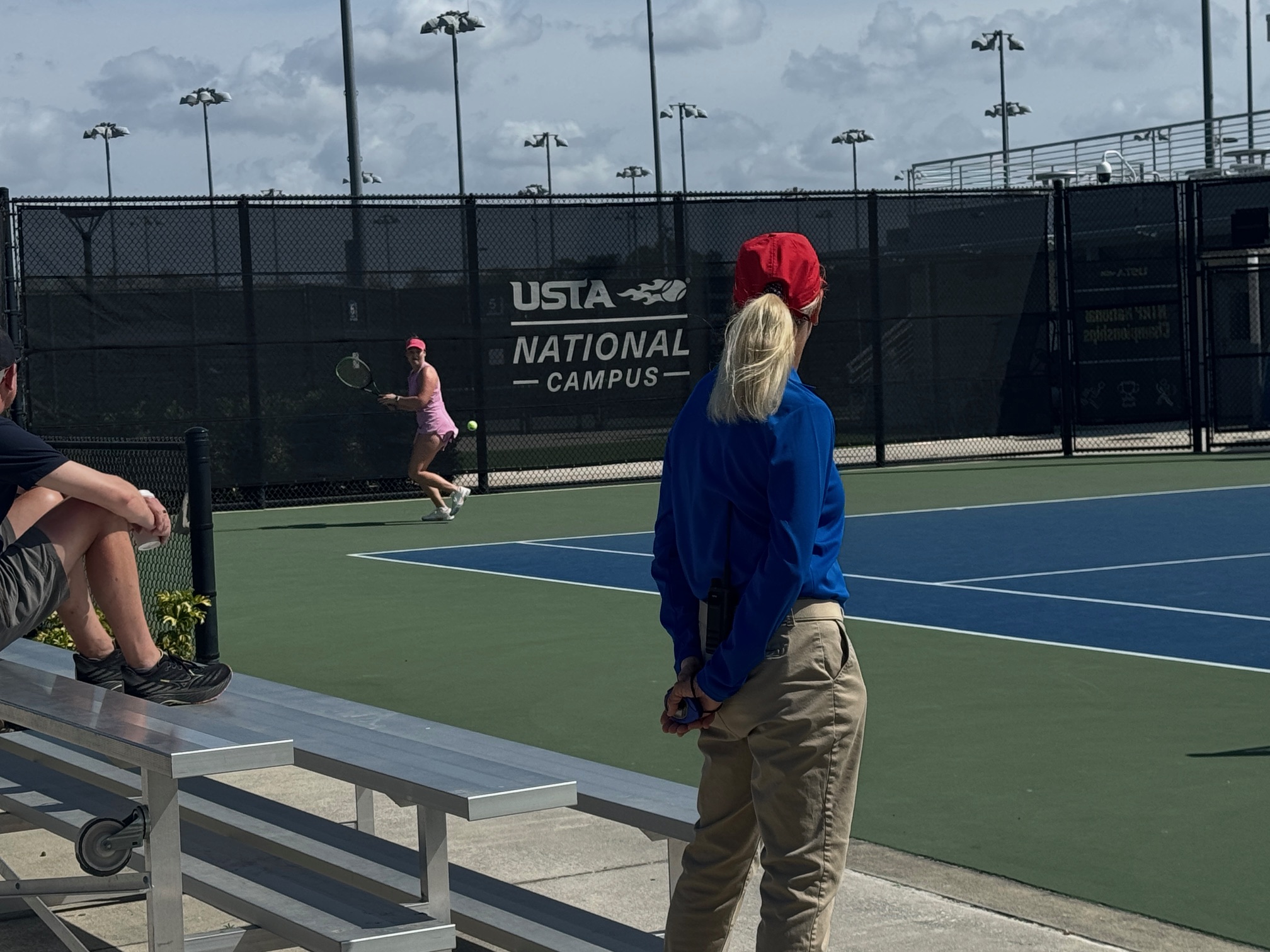“Electronic Review Procedures” is the last section in Appendix VI of the ITF Rules of Tennis. In the coming weeks, we will delve into the mechanics of what is encoded in that section. To set the stage in the interim, today’s topic examines a controversy over a close line call that recently occurred at Wimbledon. It is an interesting case study for framing the psychology of line calls in general.
The incident occurred during the second set of the quarterfinal doubles match between Joe Salisbury and Rajeev Ram versus Nicolas Mahut and Édouard Roger-Vasselin. A ball that was initially called out by the human line judge was overruled by Hawk-Eye on the challenge. Salisbury and Ram believed they had broken serve at 5-5, but the reversal sent the game back to deuce.
The ball was very close. By my eye, the replay was inconclusive. However, Salisbury and Ram were outraged at the call. Salisbury also took the very dramatic position of refusing to play on until Hawk-Eye was turned off. The chair umpire, Fergus Murphy, refused to entertain that suggestion. Eventually play resumed with Hawk-Eye still very much enabled. It was the right thing to do.
As this particular controversy transpired, I had to wonder what in the heck Salisbury and Ram were thinking. Hawk-Eye isn’t perfect, I will grant that. As previously discussed on this site, Hawk-Eye doesn’t depict the actual bounce, but rather a mathematical simulation of the bounce. At the same time, it is a heck of a lot more accurate than human line callers. I respect the math.
Electronic line calling is not impacted by emotion or any rooting interest. Professional tennis players frequently issue electronic call challenges that are not upheld. The explanation for that phenomenon is that players often see the ball with their hearts rather than their eyes.
After watching all the replays of the call in question, I have absolutely no idea whether the ball was in or out. It would have been a coin toss with a human line judge, just as it was with the electronic Hawk-Eye system.
It might be the engineer in me, but I think we are better off with the electronic system. Removing emotion from the equation makes things better.
- Friend at Court: The Handbook of Tennis Rules and Regulations, USTA, 2022
- Wimbledon controversy as British doubles star refuses to play over Hawkeye call, Liam Lewellen, The Mirror, July 6, 2022.
- Wimbledon row erupts over Hawk-Eye as Joe Salisbury and Rajeev Ram refuse to play on in doubles quarter-final, Dylan Terry, The Sun, July 6, 2022. (Contains video of the ball bounce.)




so no more human line judges?